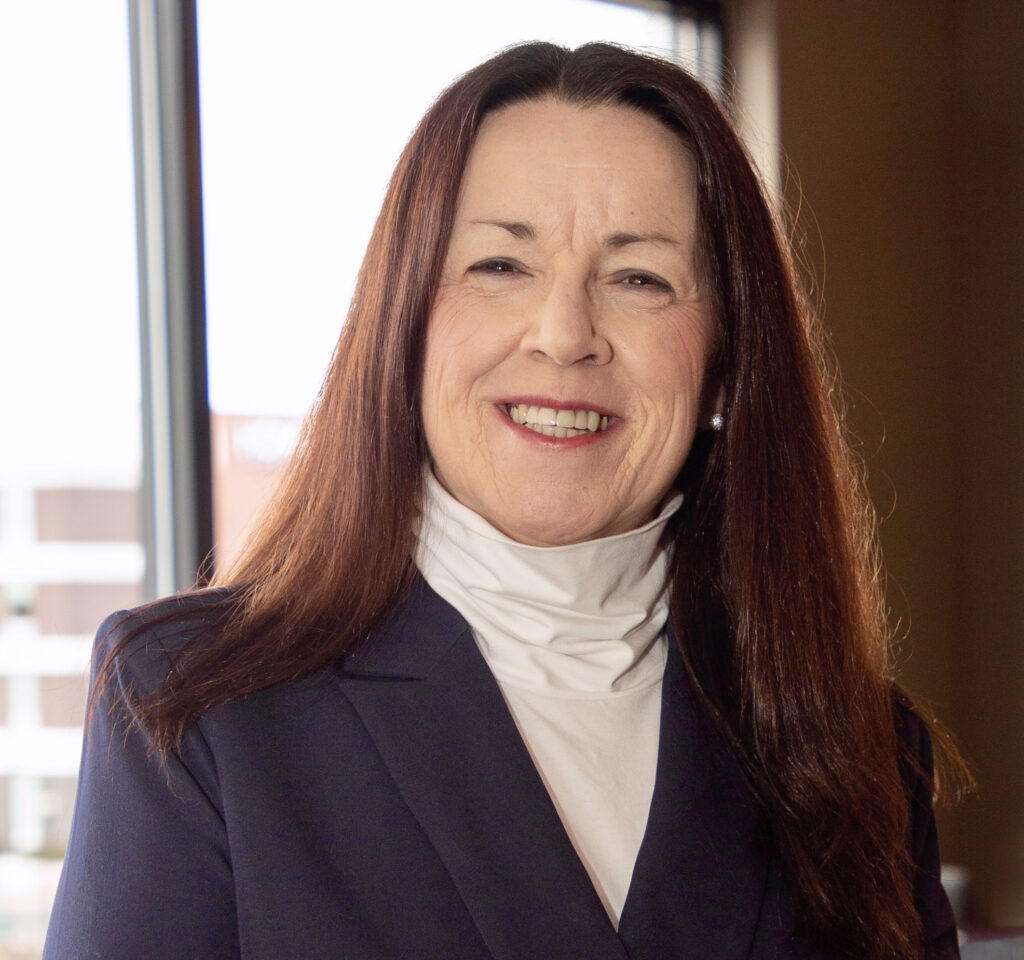The first thing you should know if you want to bring out the best in people is your people are people; they are not things. This may sound silly to say given it’s obvious however check yourself out. How often do you relate to the people you work with as the decisions you’ve made about them – lazy, reliable, cynical, resistant to change, outstanding, stubborn, etc., instead of as dynamic beings? You have an experience of the person from the past that led you to a conclusion and now that person is that way. That’s relating to them as a thing. They are now stuck in the box of your interpretations and most everything they do is interpreted through your description of who they are. In your world, they are lazy, or they are cynical.
Even a positive label can leave people feeling “thingified.” For example, Sally (not her real name) was considered a superstar at her office, reliable, the “go to” person. Sally appreciated the accolades; however, she was often left to fend for herself without support because everyone thought, “Sally can handle it.” When she requested help on her projects it was not given the priority because her manager knew she would come through. This treatment of Sally left her feeling not known or heard. Ultimately, it led to her seeking employment elsewhere and her manager and employer scratching their heads wondering what went wrong.
Making assessments of people and situations is natural and I am not suggesting you stop doing it. You couldn’t even if you tried. What I am recommending is that you pay attention to the assessments you make, get curious about how they influence your interactions with people and, perhaps most importantly, question their validity often. Situations change and the person’s needs and capacities change with them.
Remember your assessments are just that, your assessments. They are not the truth. They are the way you have connected the dots. Someone with a different history and perspective can look at the same set of facts and come up with a totally different assessment of the situation. It is not that that one of you is right and the other is wrong it is just that assessments are born out of a person’s “back-story.”
To bring out the best in people you must be present to who they are right now, in this moment. Take the time and energy to get to know more than your label. Get curious about the conditions that lead to their success, the things that light a fire in their belly and what they need to be their best. And remember, once you’ve reached those conclusions, keep testing them out. Understanding someone is not a “one stop shopping” experience. People change. They need different things in different situations. This way of interacting with your team will make them want to give their best and look for more ways to contribute. It might also get you a waiting list of people who want the opportunity to come work for you. Now that’s a nice problem to have.
Want to learn more? Contact me for a free strategy session.

